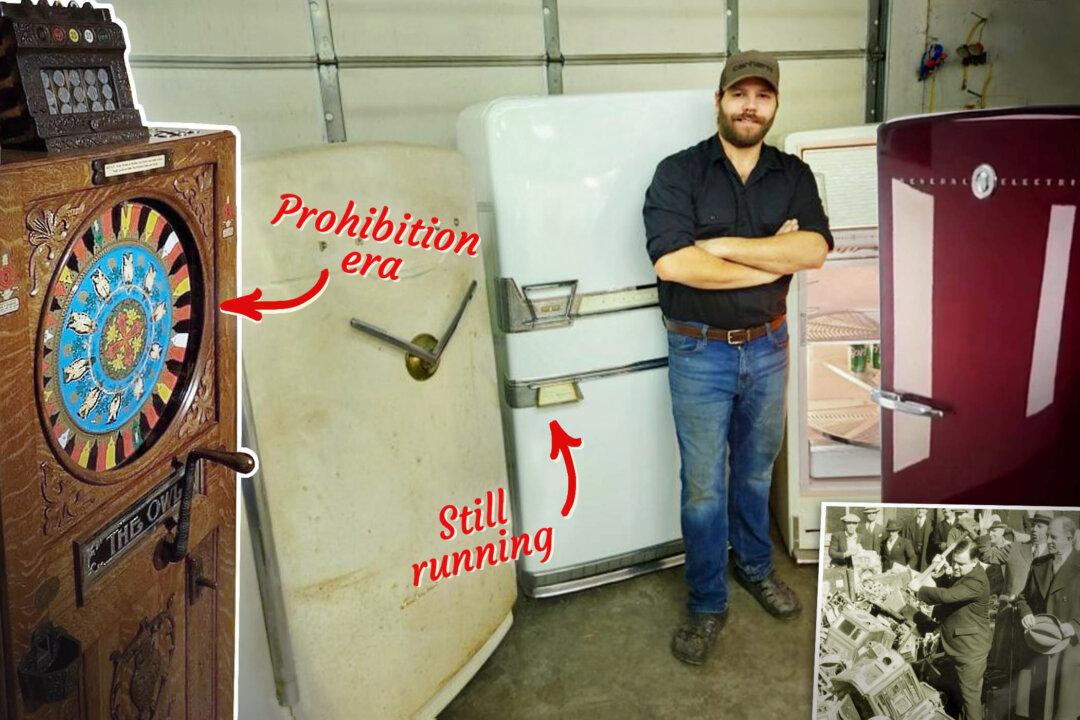The infamous Al Capone knew one hundred years ago what Dustin Soyring, a refrigerator mechanic from Minnesota, knows today:
People want what they cannot have—and if you take it away they want it even more.

The infamous Al Capone knew one hundred years ago what Dustin Soyring, a refrigerator mechanic from Minnesota, knows today:
People want what they cannot have—and if you take it away they want it even more.